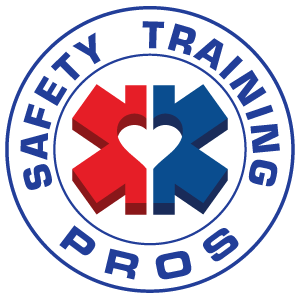Rattlesnakes are part of the backcountry landscape across much of North America, and their bites are the most common serious snakebite in the U.S. When traveling or leading groups in remote areas, prevention is your first line of defense—always watch where you place your hands and feet. If someone is bitten, focus on three things: keep them calm and still, reassure them, and evacuate quickly, since all venomous snakebites require prompt medical care.
Quick Facts
- About 45,000 snakebites occur annually in the U.S., with 7–8,000 venomous bites (nearly all rattlesnakes, copperheads, or cottonmouths).
- Deaths are very rare today (~5 per year) thanks to antivenom and modern emergency care.
- Pit vipers (copperheads, cottonmouths, rattlesnakes) account for >98% of significant venomous bites in the U.S.
Signs and Symptoms of Rattlesnake Envenomation
- Immediate burning pain at the bite site.
- Two puncture marks (sometimes scratches or only one visible).
- Progressive swelling that may progress up the limb within an hour and continue to progress over the next several hours.
- Bruising, blistering, or discoloration in hours to days.
- Systemic signs: nausea, vomiting, dizziness, metallic taste, numbness/tingling, sweating, fever/chills, or low blood pressure.
- Severe cases: bleeding, neurologic effects, shock.
- Progression: Symptoms can worsen for many hours.
- Note: up to 20–30% of rattlesnake bites are “dry” (no venom injected).
Field Treatment: What To Do
- Scene safety first. Move patient away from snake; don’t try to catch or kill it.
- Reassure and calm. Anxiety increases venom circulation.
- Initially assess Airway, Breathing, and Circulation and treat any immediate life threats.
- Remove jewelry, watches, and tight clothing early before swelling begins.
- Limb care:
- Elevate the limb (if tolerated), never below heart level.
- Splint loosely (no compression) in a functional position.
- Clean and cover the wound with a loose, sterile dressing.
- Mark swelling every 15–30 minutes with a pen or tape.
- Pain relief: Acetaminophen (Tylenol) is preferred. Do NOT use NSAIDs (ibuprofen, aspirin, naproxen) or alcohol.
- Minimize exertion. Carry the patient if possible; walking out is acceptable only if symptoms are mild and no stretcher/vehicle is available.
What NOT to Do
- ❌ No cutting or suction (Sawyer kits and “cut and suck” don’t work).
- ❌ No ice, electricity, or herbal remedies.
- ❌ No tourniquets or tight bandages.
- ❌ No mouth suction (infection risk).
- ❌ No alcohol, sedatives, or NSAIDs.
Evacuation & Antivenom
- Evacuate all rattlesnake bites, even if the bite seems minor.
- Evacuate urgently if swelling spreads quickly, systemic symptoms appear, or the bite is on the face or neck.
- Antivenom is the only medication that will stop the progression of an envenomation. It is most effective when given early (ideally within 4–6 hours) but can be useful later.
- Hospital teams will monitor blood counts and clotting; treatment may include either CroFab® or Anavip® antivenom—both are effective.
- Seek physician-expert advice with experience in rattlesnake envenomation. Seek consult with Poison Control (800) 222-1222.
- Hospital will likely observe the patient for 8 or more hours.
Takeaway
Your role in the field is calm, clean, splint, document, and evacuate. Everything else is hospital medicine.
Snakebites are frightening, but with calm leadership and modern antivenom, survival and recovery are the norm.
